The Bare Necessities
Nestled into rolling hills, where strawberries and smiles are omnipresent, there is a village of approximately two-hundred Thai people. With the exception of 8-12 weekly “outsiders” this village is virtually untouched by tourists. Houses are on stilts, baby chicks scurry across the dirt road, and pigs rest in the front yard. 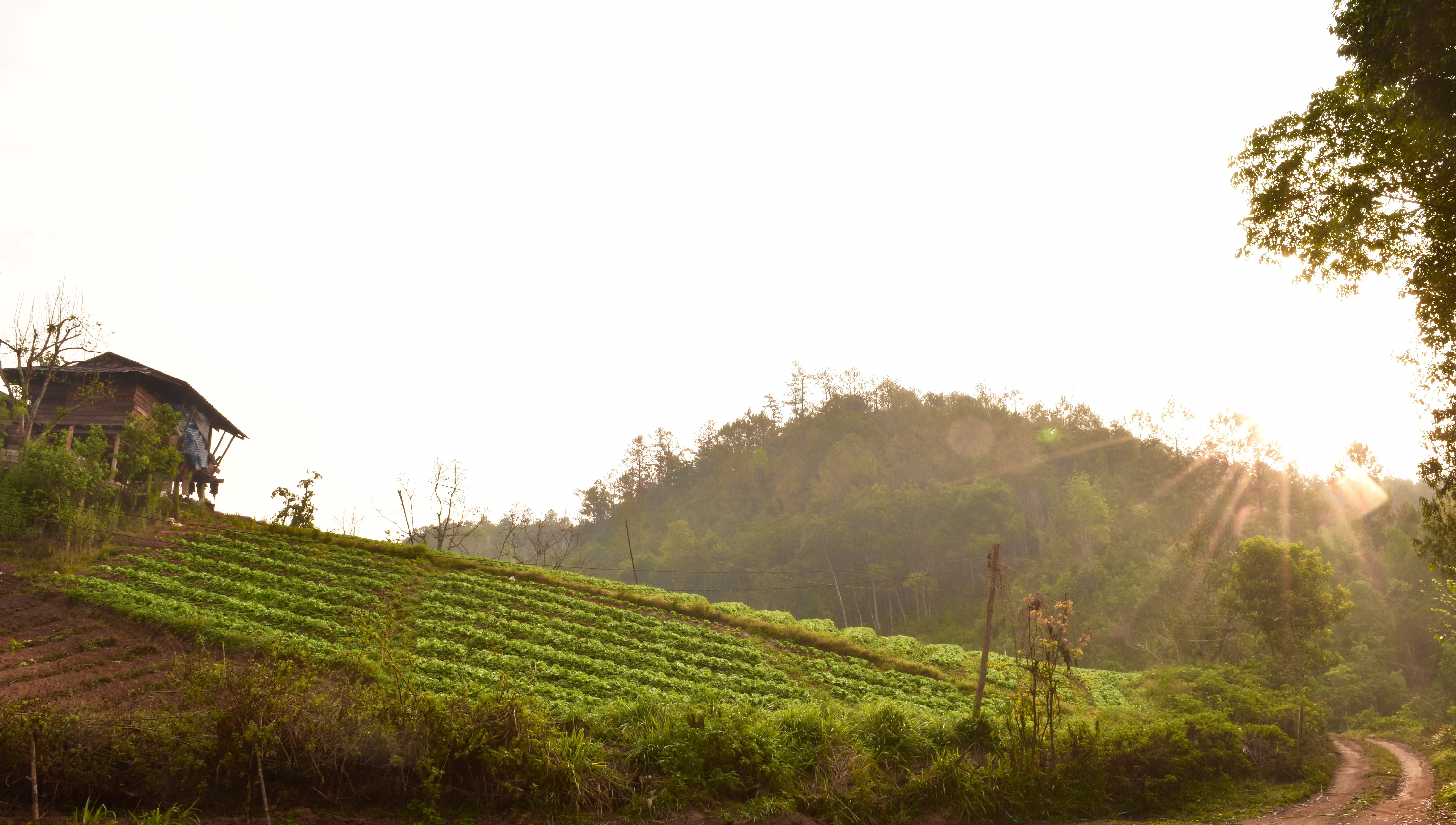

This is the last village we passed through on our way to our week in the jungle volunteering with the Elephant Nature Park organization. Laurel did a great job summarizing the week in her Elephant Nature Park Blog Post. With this experience came a new perspective about the influence of tourism on an individual’s behavior, on a village, on a country, on a region, and a culture.
Tourism has the power to perform drastic changes to individuals, to countries, and to cultures. Over our six months of traveling the most powerful moment for me was spending a few afternoons with local schools in that small Karen Village.
I truly believe these moments were more transformational for the volunteers than for the students themselves. Nonetheless, we tried to provide basic English teachings of numbers, the alphabet, and colors to our curious students. This objective seems of critical importance given that in Thailand annual tourism makes up for an estimated 20% of their annual GDP (3-4% of that is a result of indirect effects of tourism). And, that English is considered to be one of the most widely spoken languages with over 840 million users (primary & secondary) worldwide. So, it seems necessary to have a basic understanding of the language. When we were not engaged with the future leaders of Thailand we were learning about how the sharp increase in tourism to this region has yielded great revenues for respective countries, but not without serious challenges.
The Elephant Nature Park exposed us to the spectacular and the terrible sides of tourism, and the impact that tourists can have on a community. I will look at the positive effects towards the end…
The Terrible:
- Elephant Use: We as “educated Western” volunteers were blindsided by the role we played in supporting these inhumane activities from elephant riding to the purchase of expensive furniture (teak wood is grown in tropic regions, logged, and tramped through the jungle by elephants who suffer tremendously by the harsh terrain and working conditions). Native to this region, Asian elephants, have played a massive role, in promoting tourism with the promise of elephant rides, elephant safaris, and elephants in the circus. Elephant riding destroys the animal 1. as its backbone is not meant to support the weight, and 2. the elephant typically provides this type of ride for 10+ hours a day in excruciating heat (Please read my friend’s blog on how elephants are trained & psychologically broken down to perform these acts to get an in depth idea of how these animals are tamed/tortured). The logging industry works these elephants in a similar manner, and the animal frequently suffers from broken legs and dislocated hips. The use of elephants in these instances primarily stem from the tourism demands.
- The financial dilemma: Where there is a tourist there is money to be made. Money in your pocket means food, shelter, and a better lifestyle for your family. If you aren’t aware (even if you are aware) of the negative aspects of your doings…will you stop doing that if it provides a means for your family?
- in some communities it has been apparent that long-term exposure to tourism has lead to a dilution of culture in the attempt to meet the desires of the tourist. From exotic shows, prostitution, to sex trade there is money to be made…how can people be afforded protection when money speaks the loudest?
In order to re-direct this region’s growth in a sustainable manner that promotes culture, without harm to people and animals, people FIRST need access to the basics!
Satisfying the basic needs:
- Clean water: You truly appreciate how lucky you are after brushing your teeth for three months with bottled water. It is such a battle in this region, and in many other regions of the world, to provide clean water to their communities…A fantastic example of how western groups are taking it upon themselves to promote awareness, and to provide support for this universal need for clean water, are my friends at Run Janji.
- Clean Air: Pollution runs rampant…especially in heavy tourist areas. Tuk tuks, tour buses, and taxis run nonstop pouring exhaust into the air…in Cambodia’s Angkor Wat it is said that a lot of the temples’ coloration has significantly darkened due to air pollution. But again, driving a tuk tuk or taxi provides for the family…so how could you expect someone to stop doing so?
- Reliable, safe, and clean infrastructure: There is a need for serious improvements in the area…locals say improvements are always said to be on the way, but have yet to see the results.
The spectacular influence of tourism:
Sure, the negative exists, but certainly there is so much positive that comes from travel and tourism:
- Revenue: I spoke above about the negative side to money’s influence on people. But, money also has the power to bring people and cultures together. A fantastic example of this are the many markets found in most South East Asia communities. Amazing food, smells, and people flock to tiny areas to enjoy just that!
- Education & Awareness: I have certainly had the fortune to become more aware of tourism’s footprint on the development of a country through our travels. I have also been privileged to see the results of a bit of teaching coupled with a great desire to learn:
- Compassion:
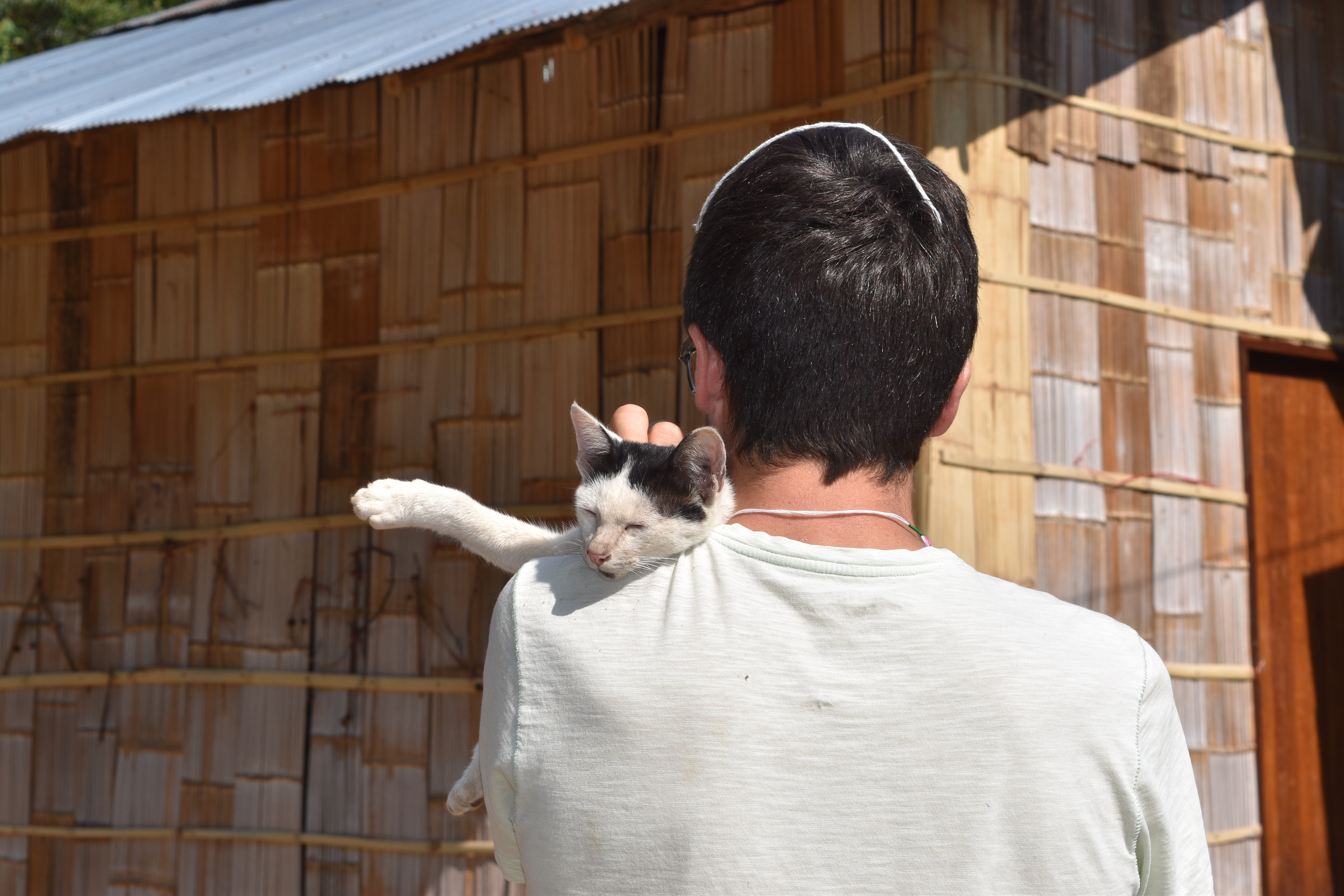
Amazing exists. And, when we are traveling we just need to take the time to educate ourselves, spend the time to get to know people, and think before we do because tourism truly does influence a region much more than initially meets the eye. There are so many great honorable initiatives looking to make a dent in the many challenges listed above…a little education (giving and receiving) goes a long way!
Can always use a lot more of these:

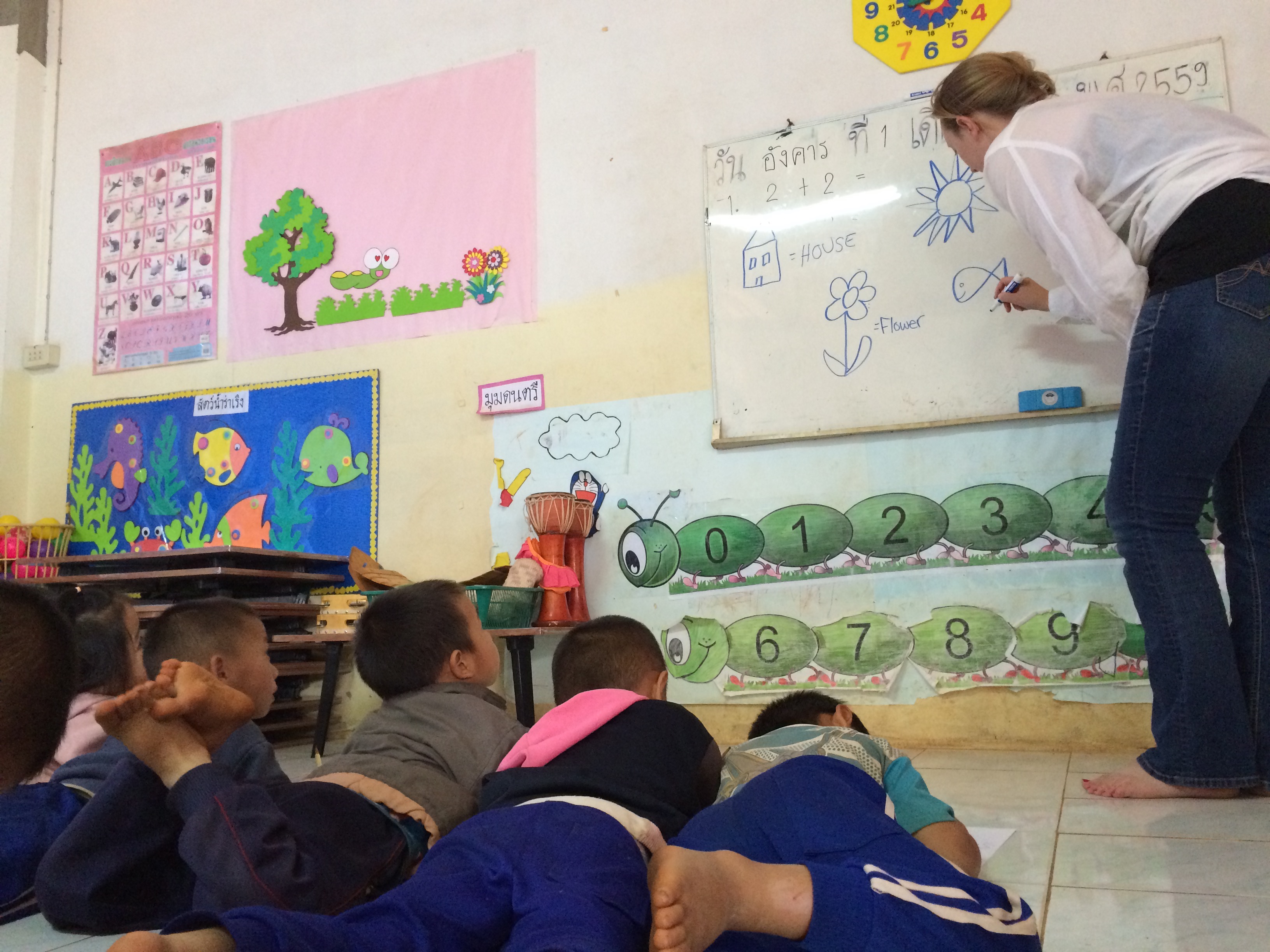
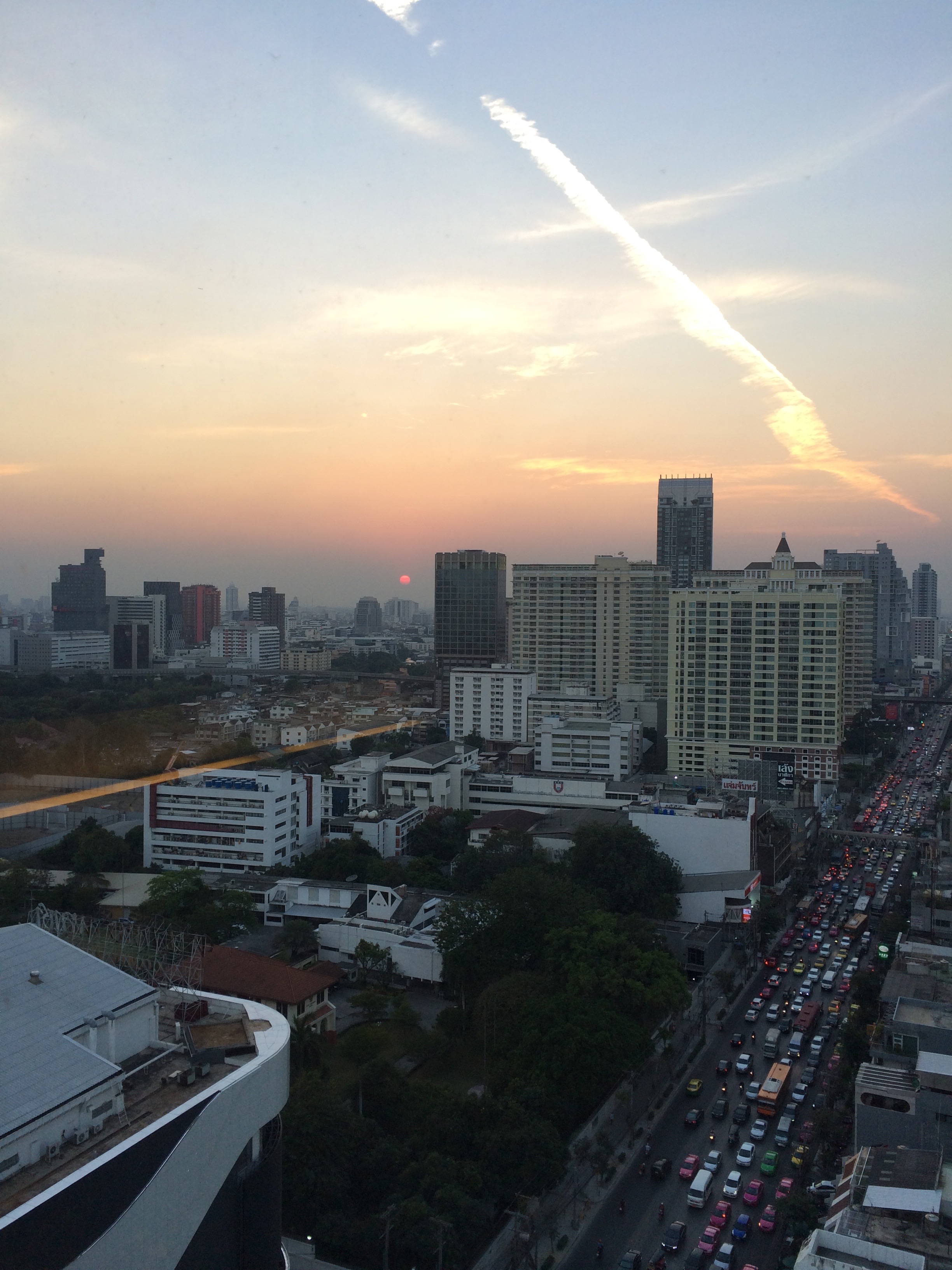



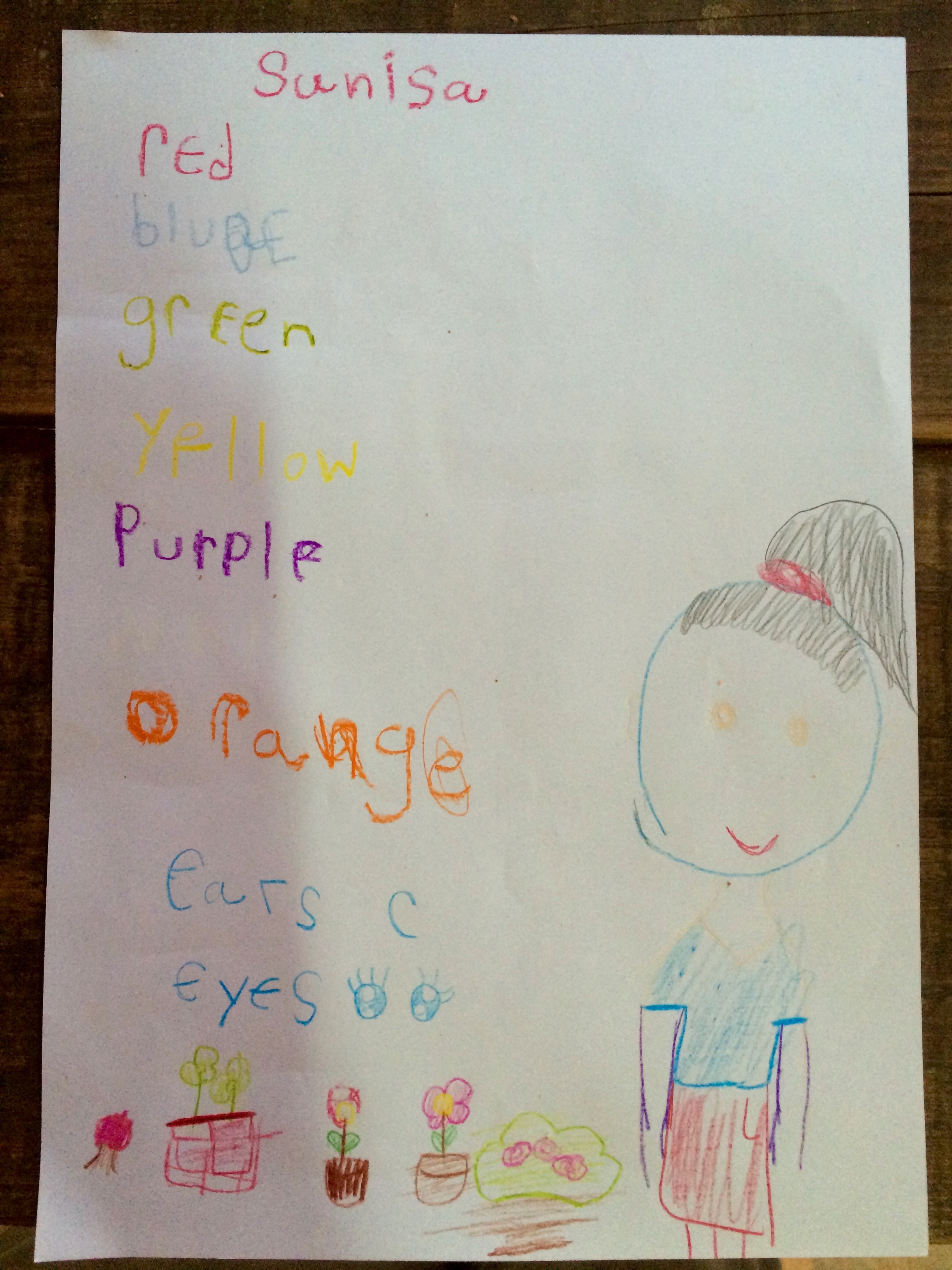
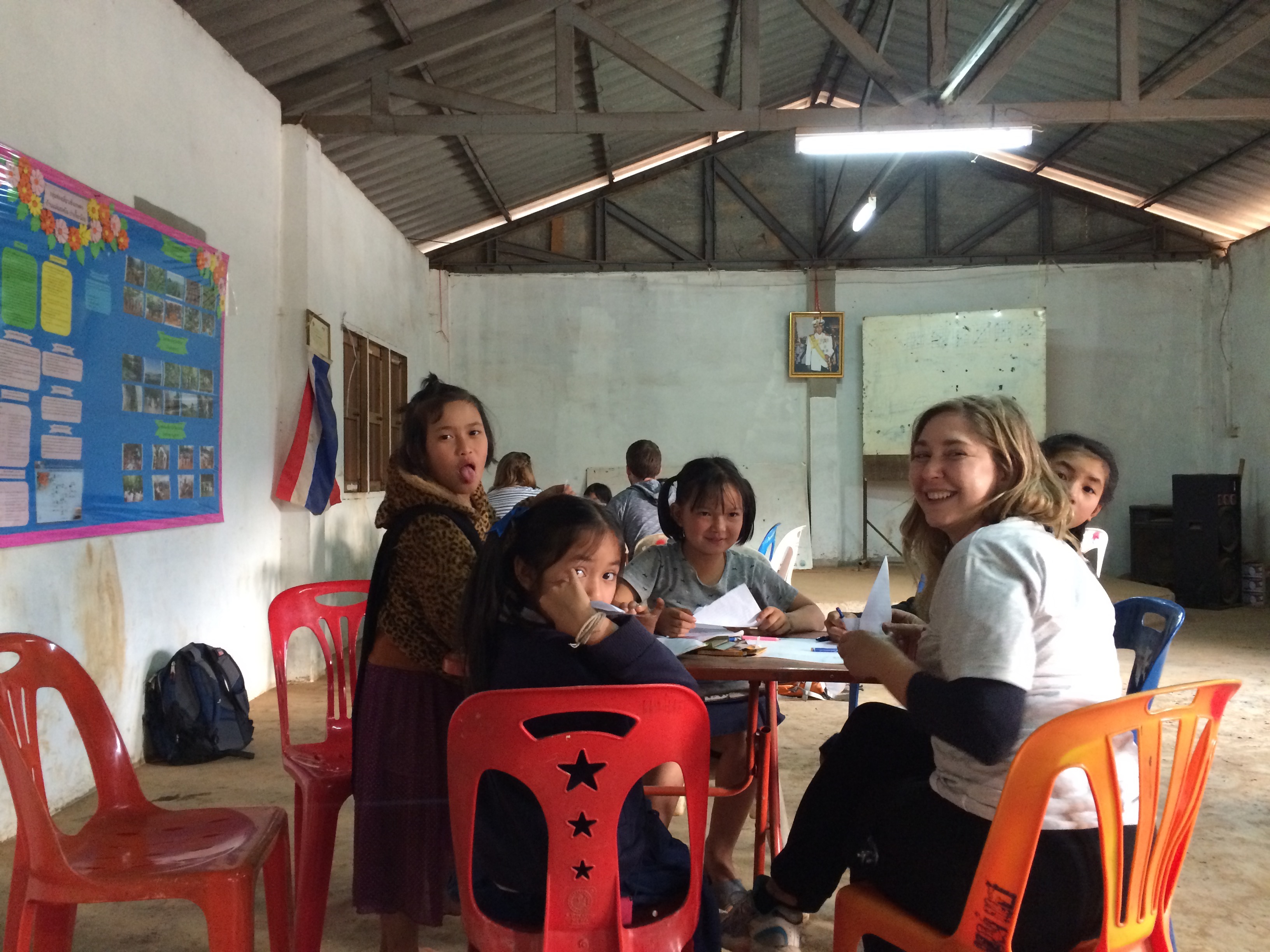
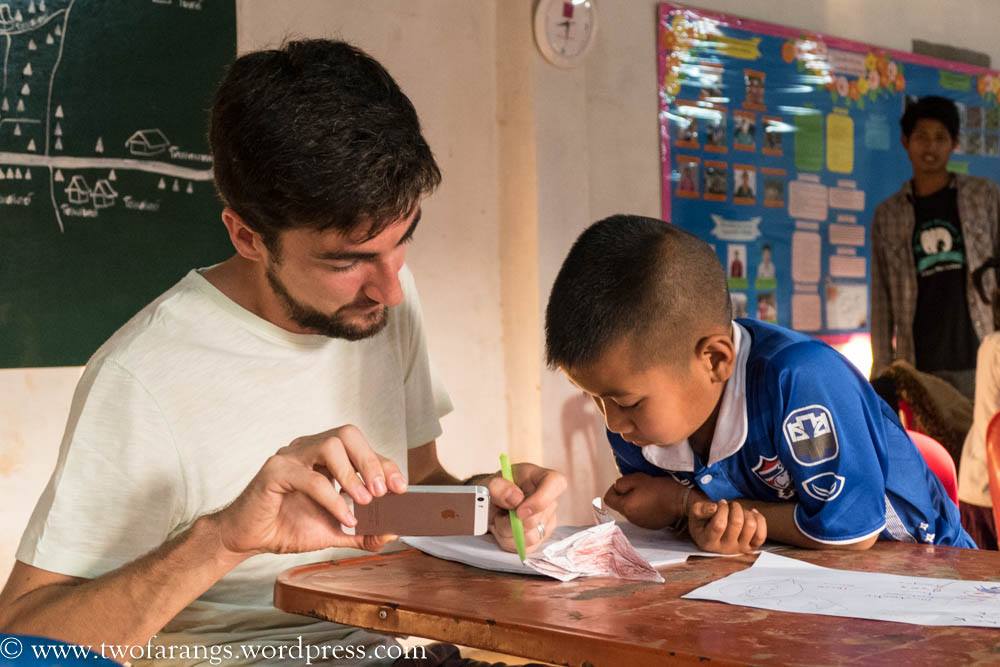
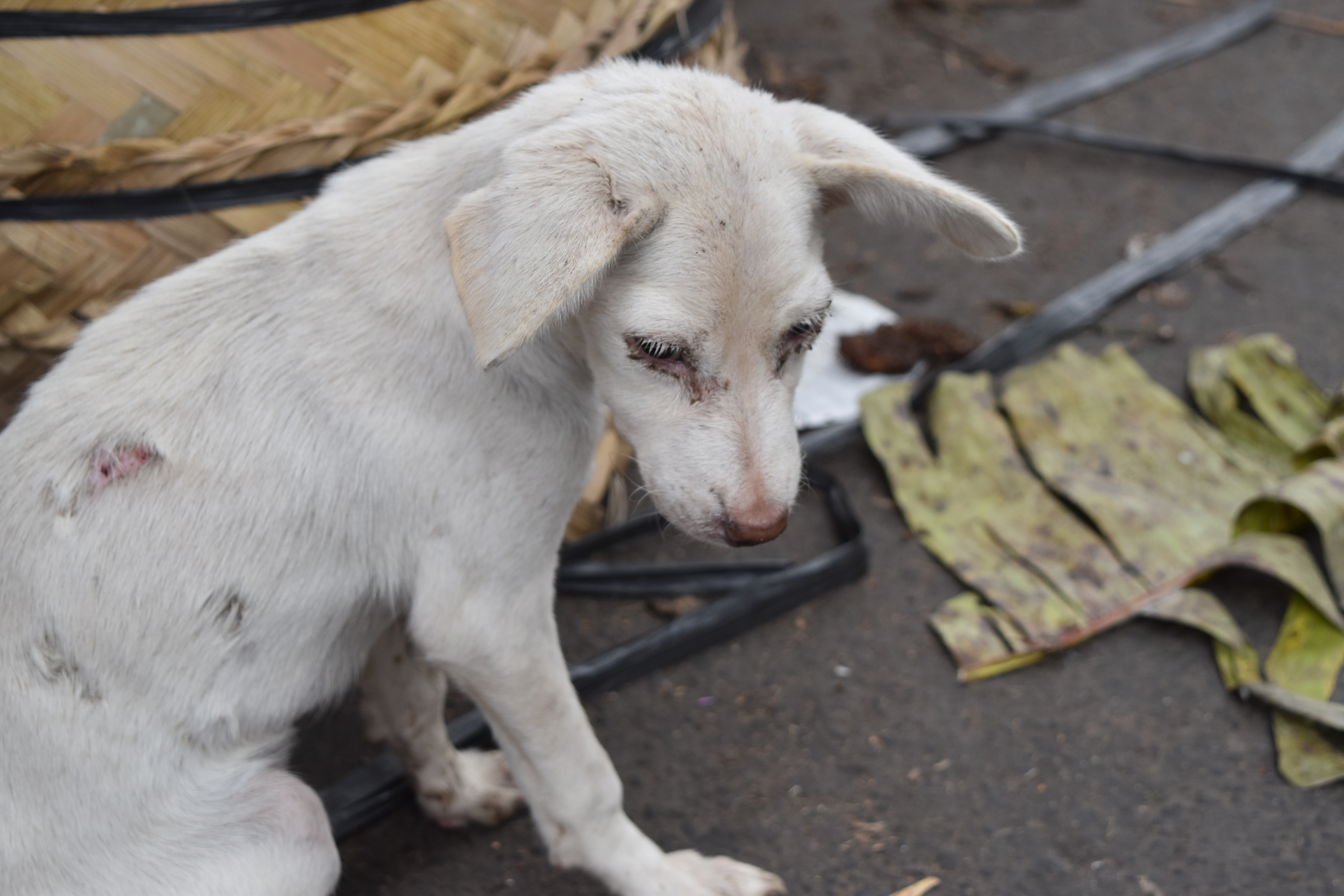
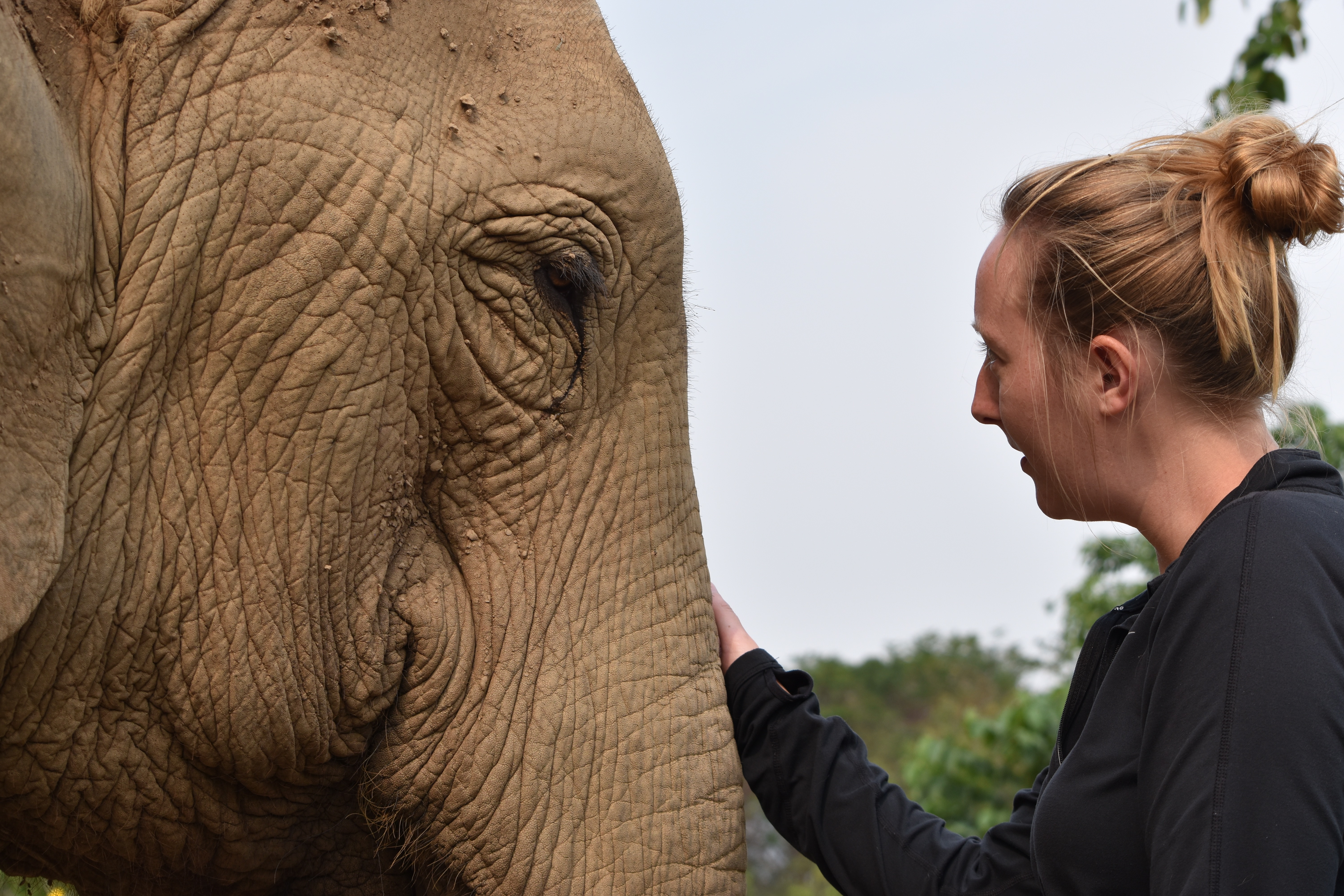
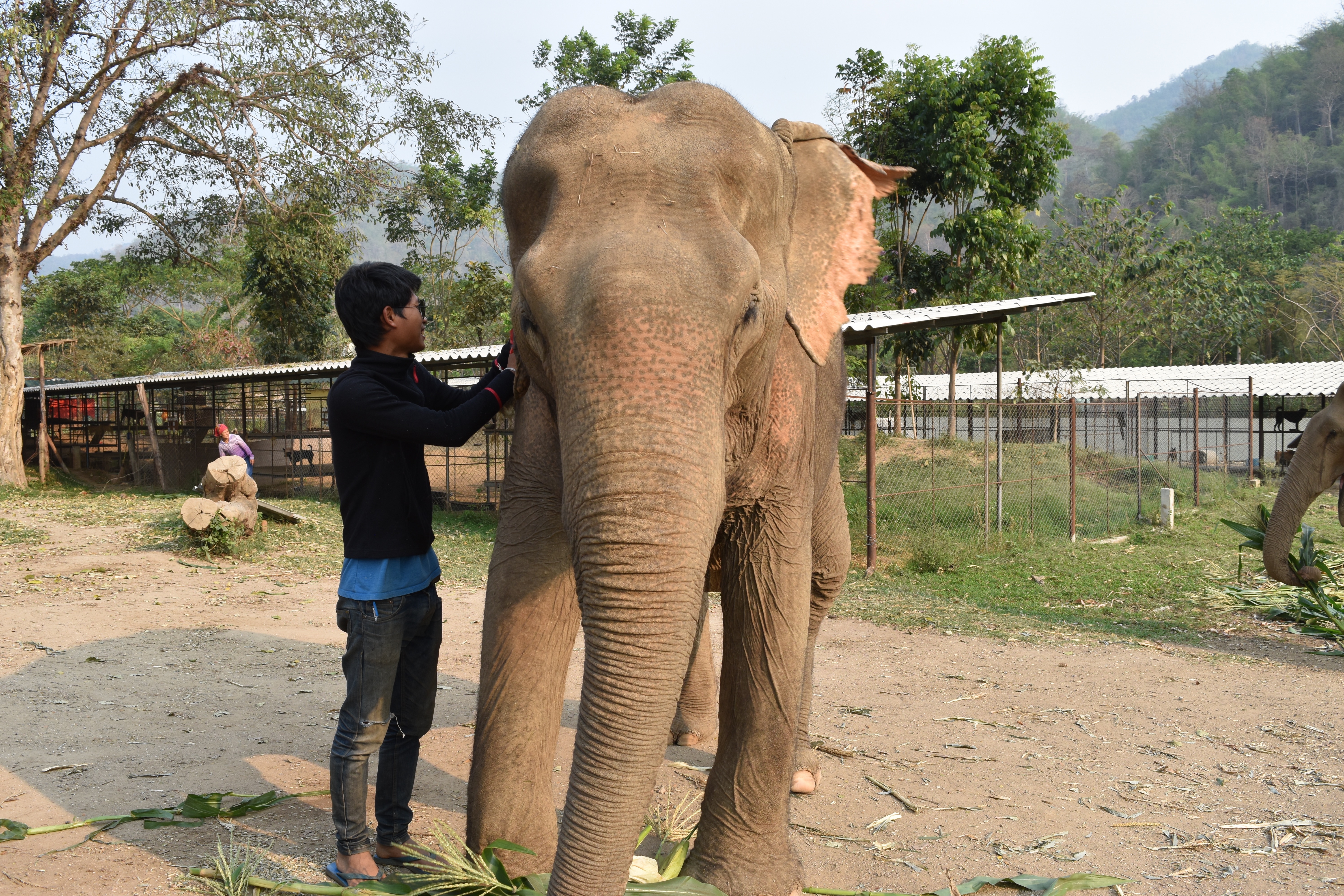
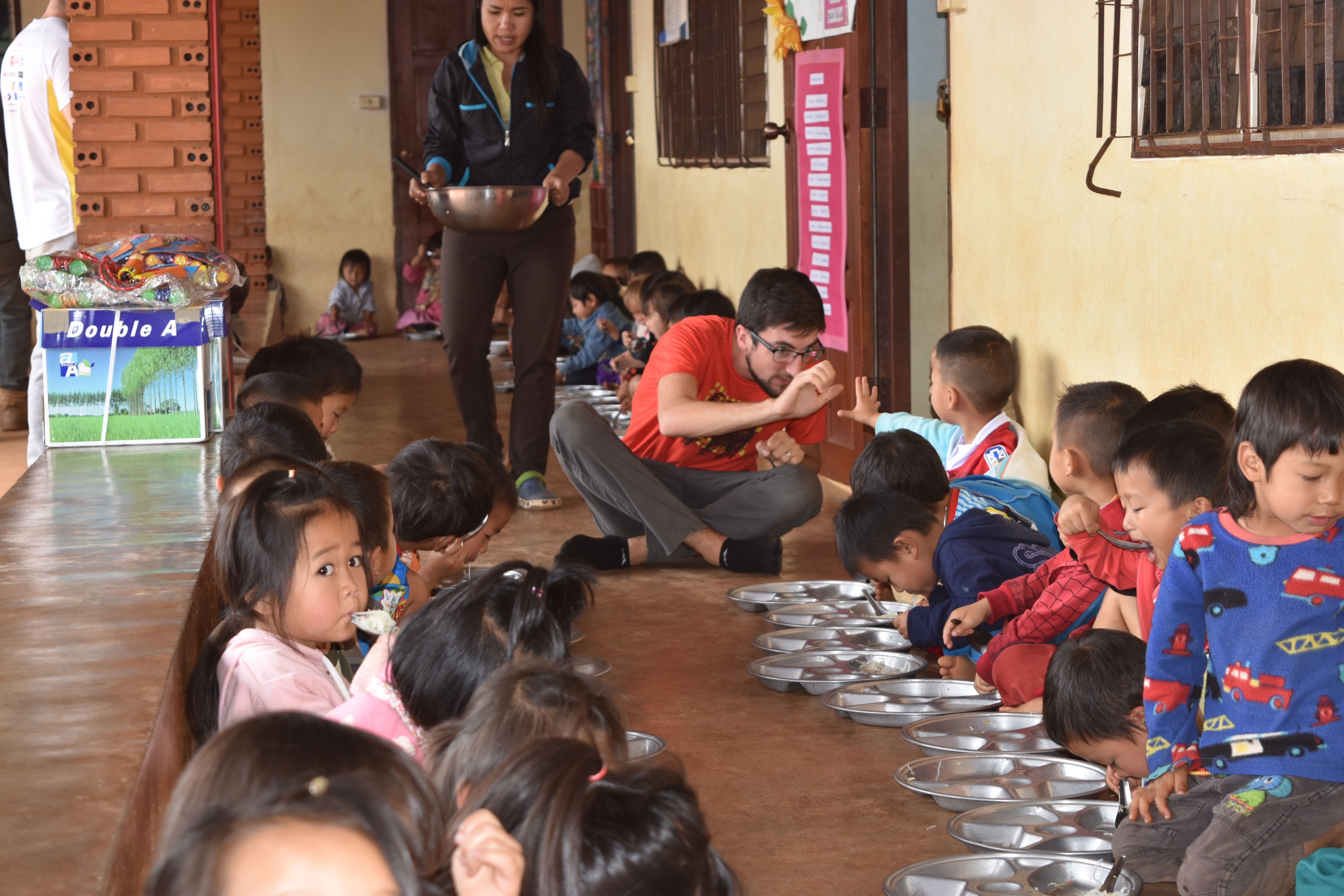
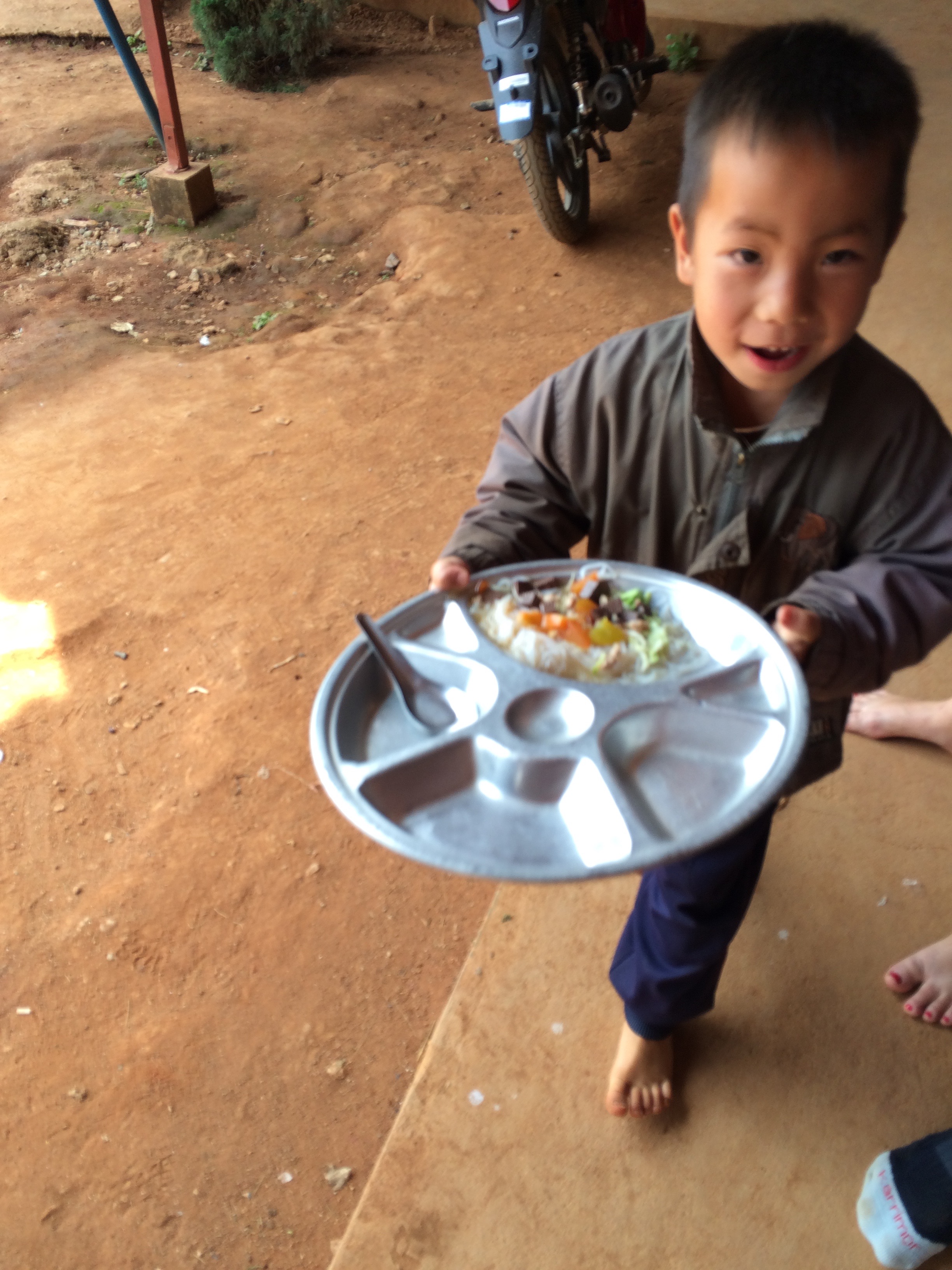
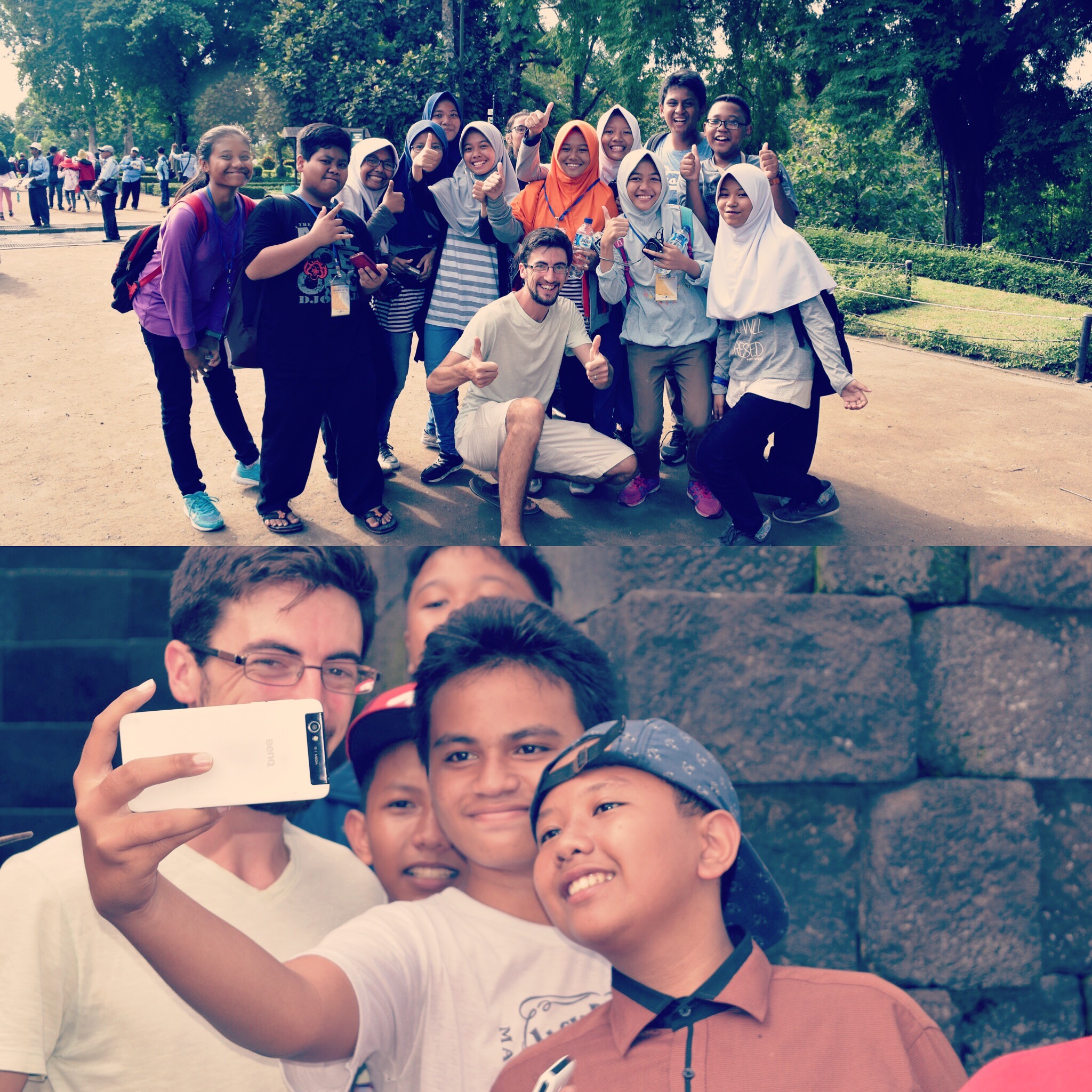
 Previous Post
Previous Post Next Post
Next Post